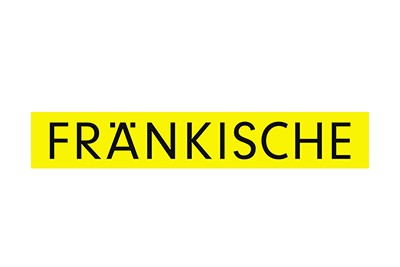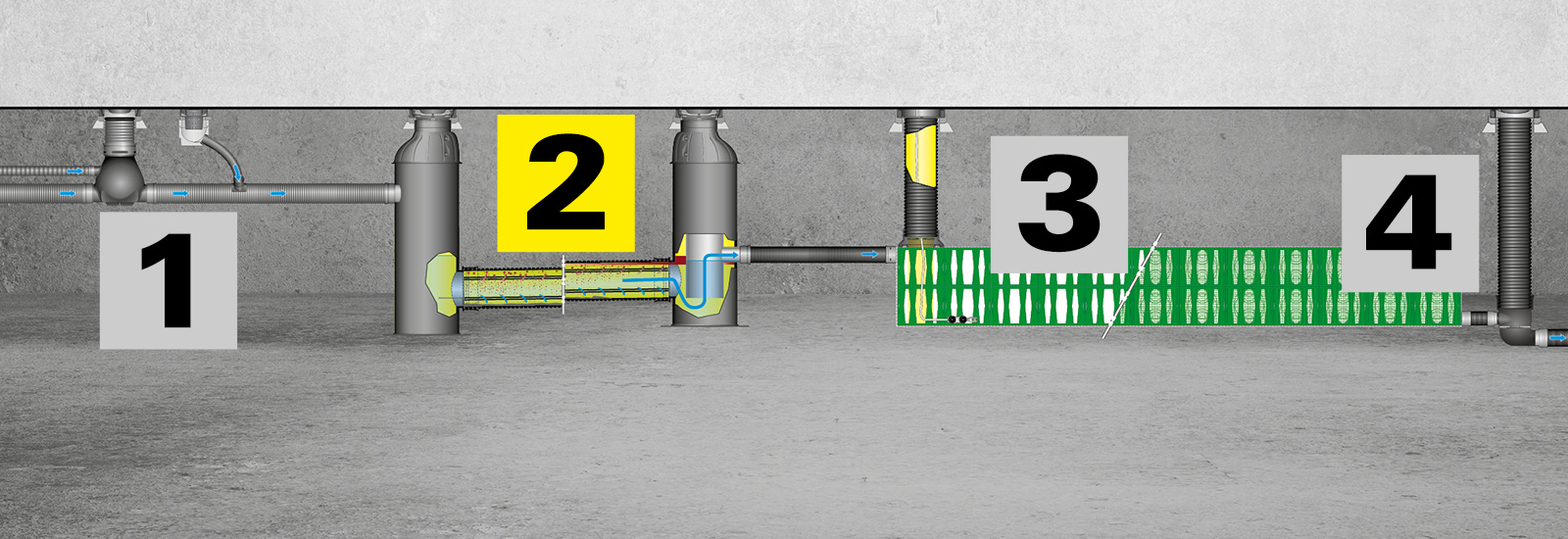
Hydra Storm thrives on delivering the right solution for the right application, please contact our sales office for the right solution.


Collected stormwater can be polluted with different suspended and dissolved materials, e. g. gross pollutants, TSS (coarse dirt & mud) and light liquids (oils) from road traffic or industrial facilities. These suspended solids can have a dramatic impact on the environment (downstream water bodies) and the design life of the stormwater management asset.
FRÄNKISCHE provides a comprehensive range of state-of-the-art treatment facilities. SediPipe systems replace e. g. stormwater sedimentation basins and provide great advantages for construction and later land use thanks to its low excavation depth. The system does not consume any surface space. The land can be used for green space, car parks or roads and tracks.
FRÄNKISCHE SediPipe systems are separators that can offer tailored solutions for areas up to 44,450 m² per facility. We have the ideal solution for pollutants contained in the stormwater such as heavy metals, oils, suspended organic particles down to 0.06 mm or coarse silt. Together with the consultants from FRÄNKISCHE, you will always find the perfect solution for your application.
![]()
FRÄNKISCHE provides a comprehensive range of state-of-the-art treatment facilities. SediPipe systems replace e. g. stormwater sedimentation basins and provide great advantages for construction and later land use thanks to its low excavation depth. The system does not consume any surface space. The land can be used for green space, car parks or roads and tracks.
Flow separation:
Within the given range of application, the flow separator prevents sediment from being remobilised during rainfalls. Where extremely heavy rainfall is to be expected, a bypass may be installed, in particular to avoid overloading the stormwater treatment system.
Light liquids:
Effective removal of fine particles and pollutants:
… and last but not least:
The SediPipe L system removes micro pollutants (such as PAHs and heavy metals), light liquids, fine particles (< 0.06 mm) and sand (> 0.06 mm) from the stormwater.
The system reduces the negative impact of the pollutants on the environment and can improve the function of sustainable urban drainage systems, e.g., by preventing clogging caused by fine particles. That reduces the need for maintenance and guarantees the profitability and sustainability of the investment.
During this study, design guidelines were drawn up for the dimensioning of the SediPipe L system in order to meet these demands.